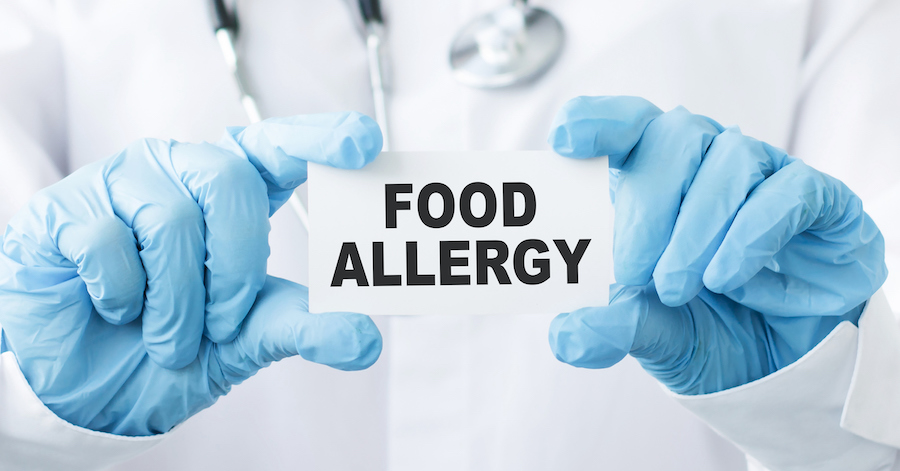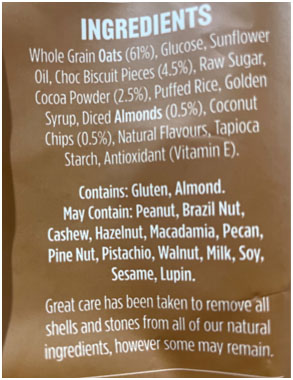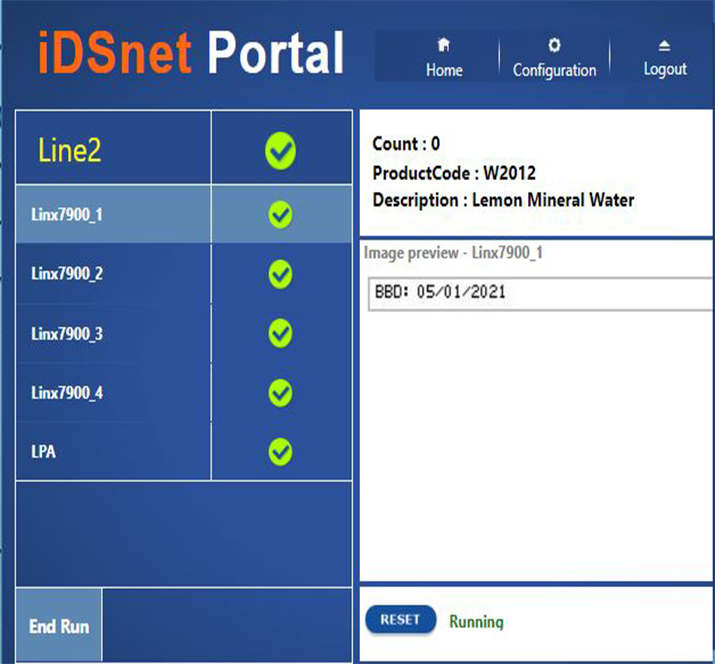Jan 11, 2024 by Mark Dingley
The deadline for the changes to labelling allergens on your food products is looming. Are you ready? Here's what you need to know.
On 25 February 2021, FSANZ updated the Australia New Zealand Food Standards Code with new requirements for labelling allergens in food. The Plain English Allergen Labelling (PEAL)changes aim to make it quicker and easier for consumers to find and understand allergen information on food labels to make safe food choices.
Now, the 3-year transition is ending, and the PEAL requirements will become mandatory for food businesses in Australia and New Zealand on 24 February 2024.
Are you ready for the PEAL requirements? Here’s what you need to know about the changes and how to comply.
.jpg)
Allergic diseases are among the fastest-growing chronic conditions in Australia, affecting about one in five people. About one in 10 infants in Australia has a proven food allergy – one of the highest incidences across the world, according to the National Allergy Centre of Excellence.
For adults with allergies and the parents and caregivers of children with allergies, leading and understanding food labels is essential to reduce the risk of an allergic reaction that can, in some cases, be life-threatening.
Previously, FSANZ required the 11 known foods and ingredients that can cause severe allergic reactions to be declared on labels when present in food. However, there were no rules on how food manufacturers needed to make these declarations, which meant that food labels contained various formats and terminology for allergens. Also, there was no requirement to list allergens in bold or in a separate allergen statement, which can make it especially challenging to spot an allergen, especially if someone has several food allergies and the product contains a long list of ingredients.
PEAL-compliant labelling provides greater transparency to customers, helping them make safe decisions when shopping for food. This can help a business’s bottom line too, as people can buy products confidently rather than avoid them because of unclear labelling.

The new PEAL requirements make it easier and faster for consumers to see allergen information. This means, on food labels, allergen information must be declared:

The PEAL changes also require the following:
All allergens must be declared using defined names using one plain English word. For example:
A label must now use “soy” rather than “soya” or “soya bean”.
Fish, crustacea and molluscs must be listed separately. Individual tree nuts must also now be declared individually, along with gluten-containing cereals.
For example, a label must now name wheat, barley, oats and rye individually. It must also individually name cashews, almonds, pine nuts, pistachios and other tree nuts.
As well as including allergens in the ingredients list in bold, there must also be a summary statement beginning with the word “contains”.
This statement should be:
If a “May Contains” statement is required, this must appear on a separate line.
For example:
Contains Cashew, Gluten, Oats.
May contain Egg.
The deadline is almost here – food businesses have until 25 February 2024 to implement the new PEAL requirements.
There is a further two-year, stock-in-trade period up until 25 February 2026 to allow businesses to sell products packaged and labelled with existing allergen declarations before 25 February 2024.
Here's a real-life example of some of the PEAL changes:
In the example above, you can see the following compliant changes:

Centralising your packaging data through iDSnet helps you comply with allergen labelling requirements.
iDSnet software makes changing your labels and becoming PEAL compliant fast and easy. The software will automatically find and bold allergens in the ingredients list. iDSnet will then add allergen text to the “Contains” and “May Contain” fields to create the mandatory declarations and add them to the right spot on the label.
If you already have iDSnet, all you need to do is call Matthews Australasia for a quick update to your software to ensure you have the compliant message format.
.png)
iDSnet helps you:

Many food manufacturers have already changed their food labels, so don't get caught out. Change your labels by 25 February to stay compliant.
Talk to our experts today to find out how we can help you stay PEAL compliant.
Check the Food Standards Code standard 1.2.3 for detailed allergen labelling requirements.
